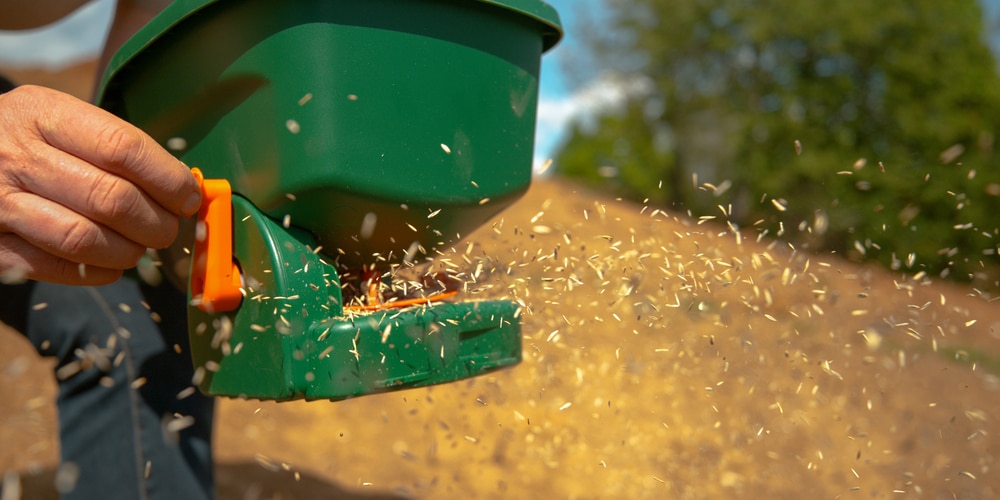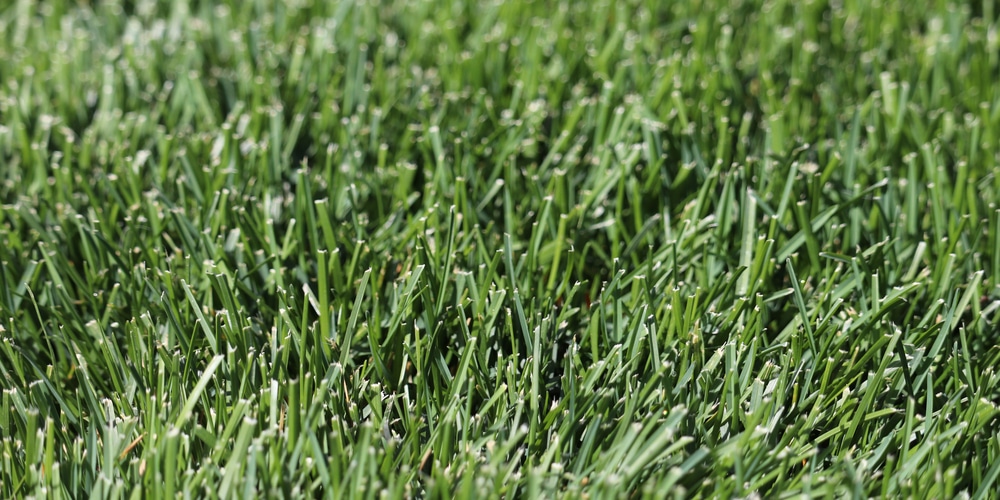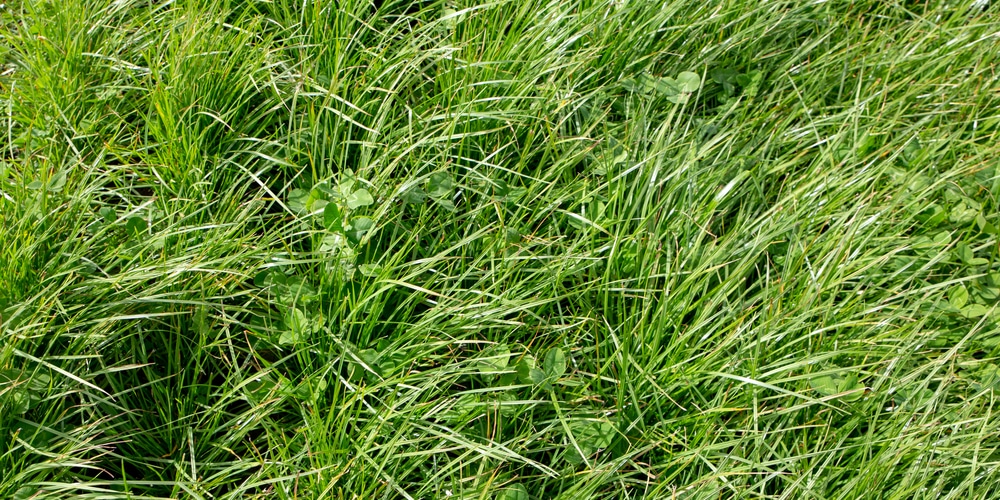Oregon is the Grass Seed Capital of the World and produces a lot of grass seed crops thanks to its favorable climate. However, even if you live in Oregon, choosing the most appropriate grass variety for your lawn is not a simple task. No more than it is to pick the right time to sow the seeds, at the very least. When to plant grass seed in Oregon?
The best time to seed your lawn is between April 20 and May 15. In other words, when the soil temperature is between 50 and 60 F. High-input turfs may also require an overseeding round in late September. Let’s look at When to plant grass seed in Oregon and discuss which types of grass do best.
When to Plant Grass Seed in Oregon and What Type to Plant: 3 Types You Cannot Ignore
1 – Creeping Red Fescue
The creeping red fescue is ideal for a low-input lawn and grows well even in partial shade. After all, this is why you find fine fescues in most sun and shade grass mixes. But the creeping red fescue has a unique trait that makes it different from other cool-season grasses and perfect for most lawns in Oregon.
Creeping red fescue grass (Festuca rubra) makes tall, narrow seed heads that do not share the same braided pattern as other fine fescues. And more importantly, it retains a vibrant bright green throughout the year, whereas other grass species get a dingier evergreen look.
Regardless of your temperatures, even if you live in a USDA zone 4a like Seneca, fine fescues are your best option for a lush lawn. And the creeping red will keep its green hue deep into spring and, often, early summer. On top of that, it is drought-tolerant and will keep thriving under drought and shade conditions.
- Do not choose this grass type for high-traffic areas. Otherwise, they will show clear signs of wear.
- Sheep’s fescue is a viable alternative to the creeping red fescue, but it has a slightly darker nuance and untidy appearance. Why is it a good alternative? Because it is the best low-maintenance cold-season grass type.
- Like Kentucky bluegrass, the creeping red fescue can repair itself rapidly. In detail, it has both stolons and rhizomes that allow this turf grass to spread side to side.
2 – Kentucky Bluegrass
Here is a grass you should plant from mid to late August.
Kentucky bluegrass (Poa pratensis) does not grow well in the shade. You could even call it a cesspool filled with grass diseases. On top of that, it takes forever to get established. Yet it is still one of the best grasses you can plant in Oregon.
Usually, this type of grass takes 21 days to germinate. And Kentucky bluegrass goes through a phase known as Sprout and Pout, which means the leaf blade sticks up after germination but does not grow for a month. It may even take a couple of seasons to establish and spread out.
Different Kentucky bluegrass cultivars can help you achieve the most satisfying look for your lawn. But in general, Kentucky bluegrass is slow to wake up in the springtime because it loves the sunlight and warmer temperatures.
- If you have a 100% Kentucky Bluegrass lawn, any weed or neighboring grass type creeping in your yard will stick out like a sore thumb. So, you will have to resort to herbicide products to control weeds in a bluegrass turf.
- Kentucky Bluegrass needs a lot of water to thrive. Generally, you will have to give it about 1 to 2 inches of water per week, depending on the weather. But it is the most thirsty of all the cool-season grasses.
- This grass has one of the most shallow root systems compared to other alternatives. So, it goes dormant much faster than the other grasses. Of course, this characteristic makes it more susceptible to disease as well. In detail, fungal infections.
3 – Perennial Ryegrass
Among the countless perennial ryegrass seed strains, you can find many that will fit perfectly in your area. But choosing one may take you a lot of time. This grass type has so many cultivars that they look and feel different in terms of touch, consistency, and thickness.
The obvious example is walking on your lawn barefoot. With varying cultivars, you can feel the hardness of the ground underneath your feet changing from one turf to the next. For clarity, you usually cut perennial ryegrass very low. So, this is why finding a gratifying cultivar can be so hard.
Perennial ryegrass (Lolium perenne) looks and feels thick. But it does not have the same density as other shortgrasses like Kentucky bluegrass. On the one hand, it does not spread by underground rhizomes, meaning you will have to reseed the bare spots. On the bright side, though, it germinates fast and establishes quickly—six weeks are usually more than enough.
- As spring takes hold and 90s and 100-degree temperatures come, perennial ryegrass dies off. So, you may have to switch to a Bermudagrass lawn.
- Get this grass if you love crisp, sharp stripes on your lawn. Most perennial ryegrass cultivars work better for striping than any other cool-season grasses.
- Pythium blight is a common disease you will have to deal with sooner or later if you choose this grass.


